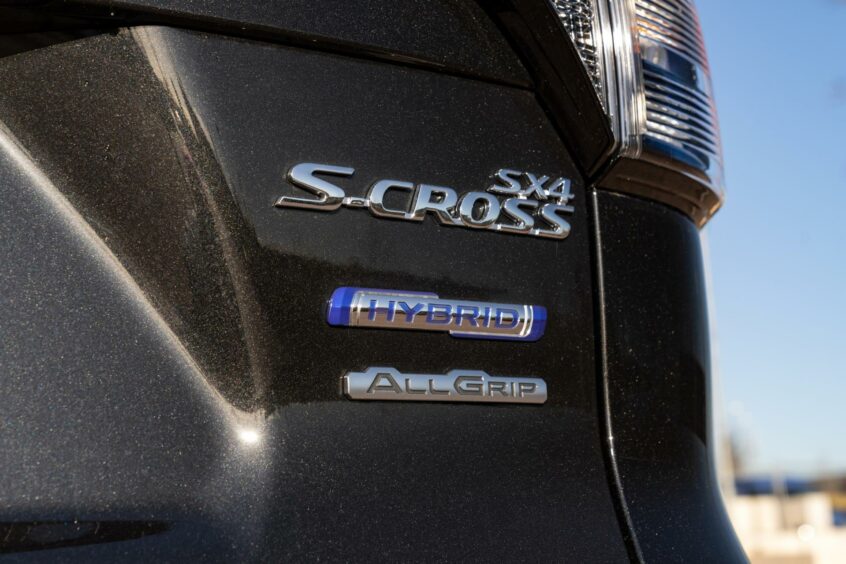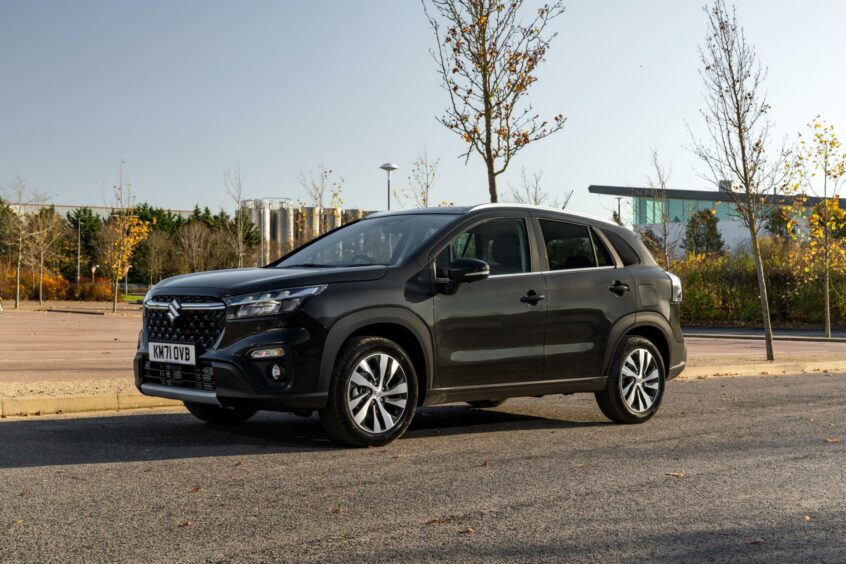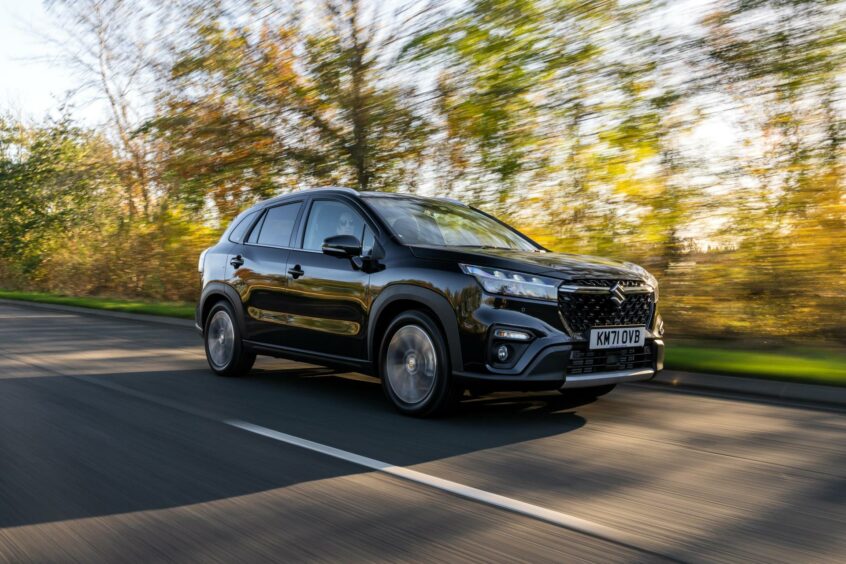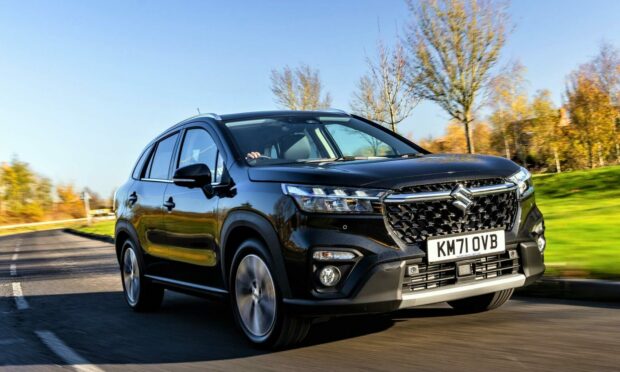The Suzuki S-Cross has always been a good value alternative to other family SUVs such as the Nissan Qashqai and Kia Sportage.
At eight years old, the previous generation model was getting a bit long in the tooth. So in December Suzuki launched a new S-Cross with more style and better technology.
There are just two trim levels, Motion and Ultra. All models come well equipped, with every S-Cross having parking sensors front and rear, heated front seats, keyless entry and start, dual zone air conditioning, smartphone connectivity and a suite of safety technology.
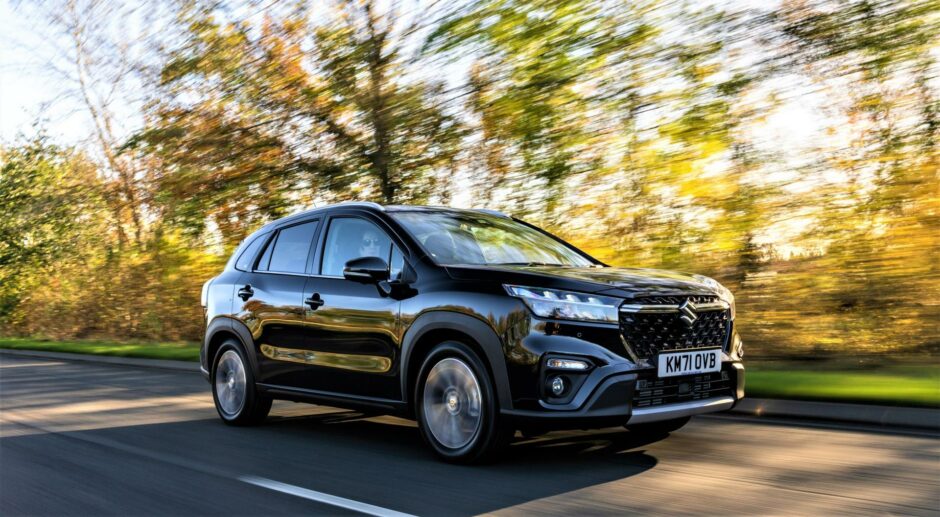
Ultra models add a 360 degree camera, leather seats, a panoramic glass sunroof and four-wheel drive.
Suzuki S-Cross prices start at around £20,300, undercutting the vast majority of similarly sized SUVs.
Only one engine is offered, a 1.4 litre turbocharged petrol unit with a 48V mild hybrid system. This can’t power the car by itself, but it helps with acceleration and fuel economy. You don’t need to plug it in and it essentially works away by itself without any fuss.
More style and technology
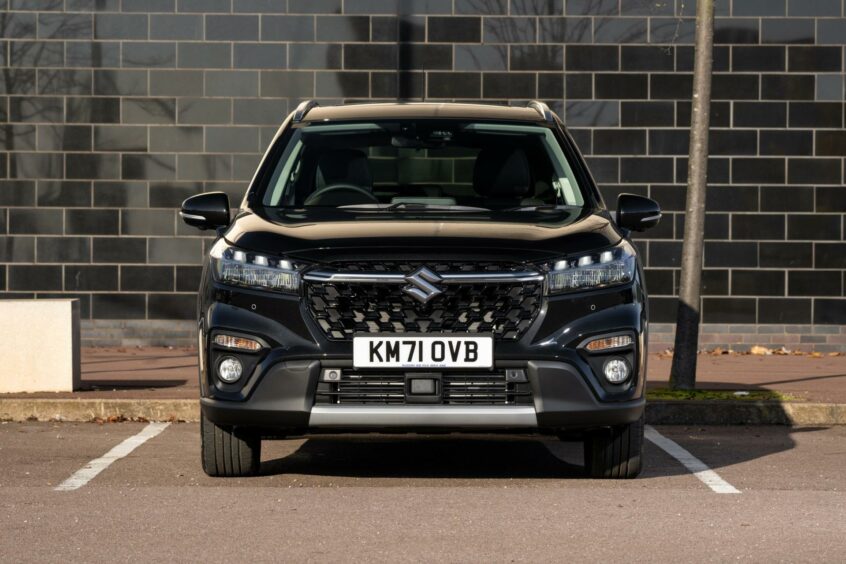
The S-Cross is available with either front or four-wheel drive. All top spec ‘Ultra’ versions are available with all-wheel drive as standard. It’s a clever system that has four different drive modes.
Leave it in auto and the S-Cross will run in two-wheel drive mode most of the time, only switching to four-wheel drive when the car senses it needs more grip.
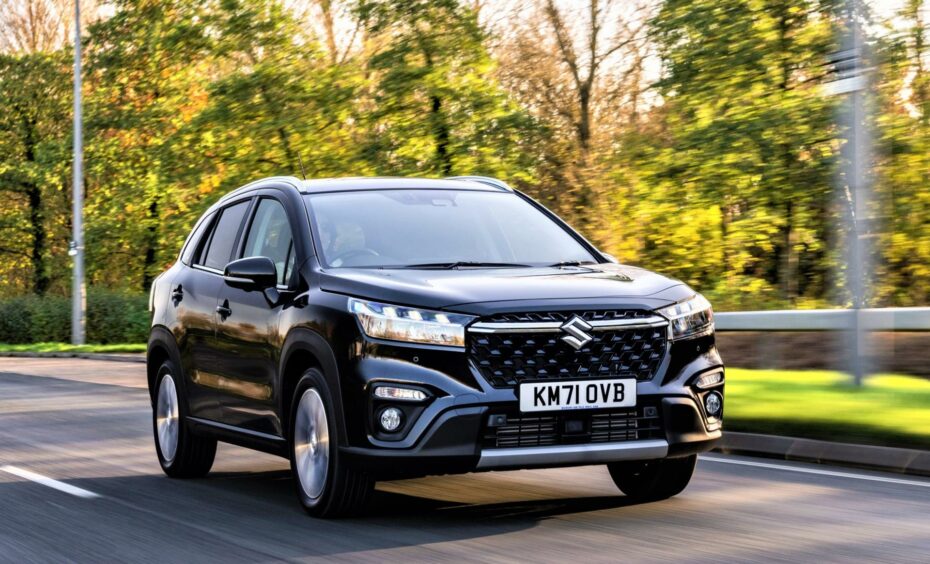
Sport uses the four-wheel drive system to improve handling, while Snow optimises settings for winter driving. There’s also a Lock mode which keeps the car in permanent four-wheel drive and is useful during heavy rain.
I spent a week with the top spec four-wheel drive Ultra model with automatic transmission.
Plenty of room for the family
One thing that has been improved is the styling. The old S-Cross was nice but bland, whereas the new model has a much sharper appearance and looks impressive on any driveway.
It’s a similar story inside, where there’s a modern looking interior with a nine-inch touchscreen for infotainment and user-friendly buttons and dials for heating controls.
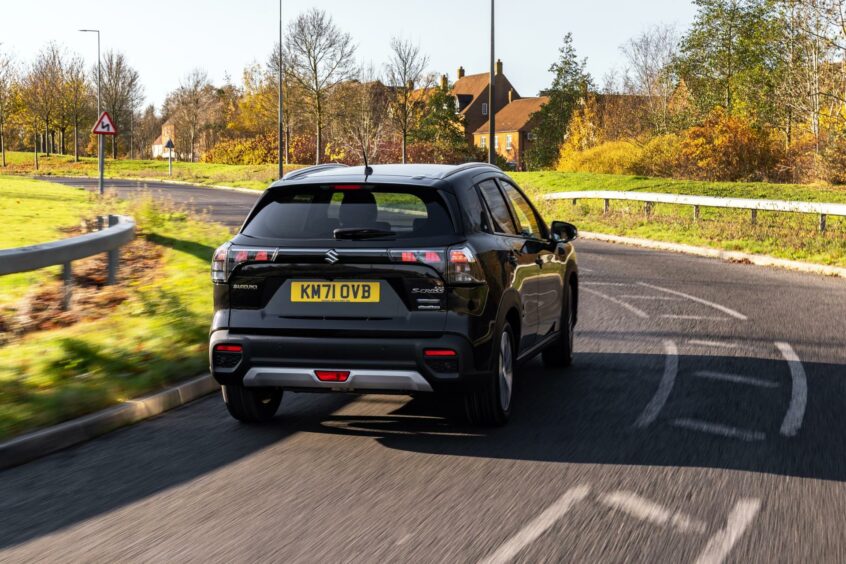
The panoramic sunroof that’s standard on Ultra versions is well worth having, making the cabin feel much more light and airy.
The S-Cross has plenty of room for an average family, with lots of headroom and decent legroom in the rear. The 430 litre boot can easily accommodate a couple of dogs, a week’s shop or enough luggage for a weekend away.
Impressive economy
Assisted by that mild hybrid system the S-Cross feels nippy enough. You’re not going to drag race any hot hatches but it zips out of junctions merrily and has enough oomph for overtaking.
At 46mpg economy is quite impressive as well. On a trip to Edinburgh and back I managed to nudge 50mpg without much effort. Light steering makes it adept at city driving.
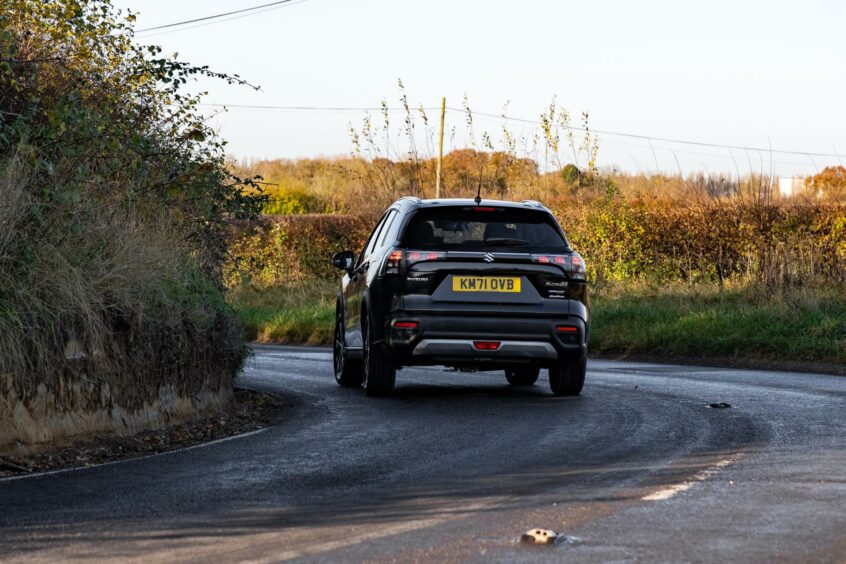
It isn’t as refined as the best of its rivals, with a bit of road and wind noise creeping in at 70mph, but comfortable suspension means motorway journeys are pleasant enough.
The six-speed automatic gearbox isn’t as seamless and smooth as I would like either, but the budget price of the S-Cross makes it easy to overlook minor niggles.
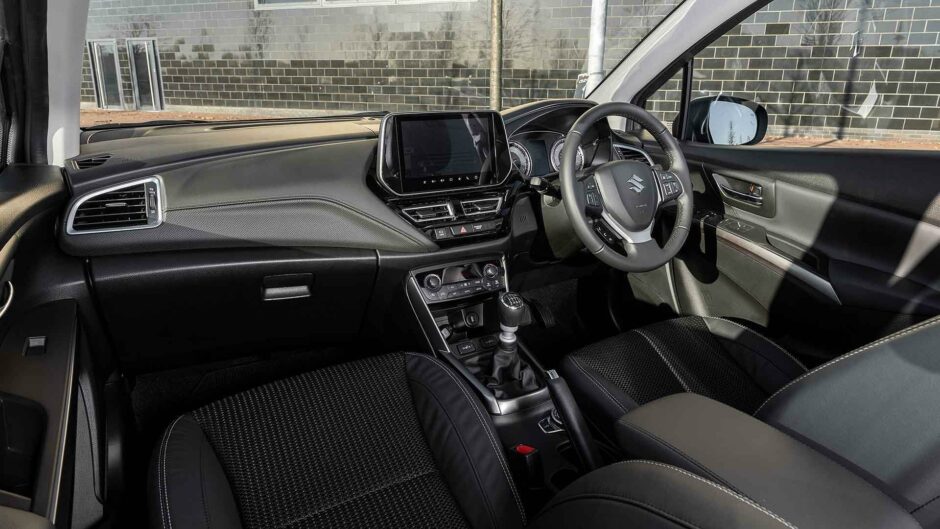
A host of driver assistance technology comes as standard, including adaptive cruise control and lane departure warning, which beeps noisily if you cross the centre line of the road.
The cruise control works extremely well but I found the lane departure system annoying. Thankfully it’s easy to switch off.
The S-Cross is cheaper than its rivals yet still has plenty of space and lots of equipment
Objectively, the Suzuki S-Cross is not quite as good as the best family SUVs. The latest Nissan Qashqai and Hyundai Tucson have better refinement and a more premium feel.
Nissan and Hyundai have far greater development budgets, however, and Suzuki does very well with limited resources.
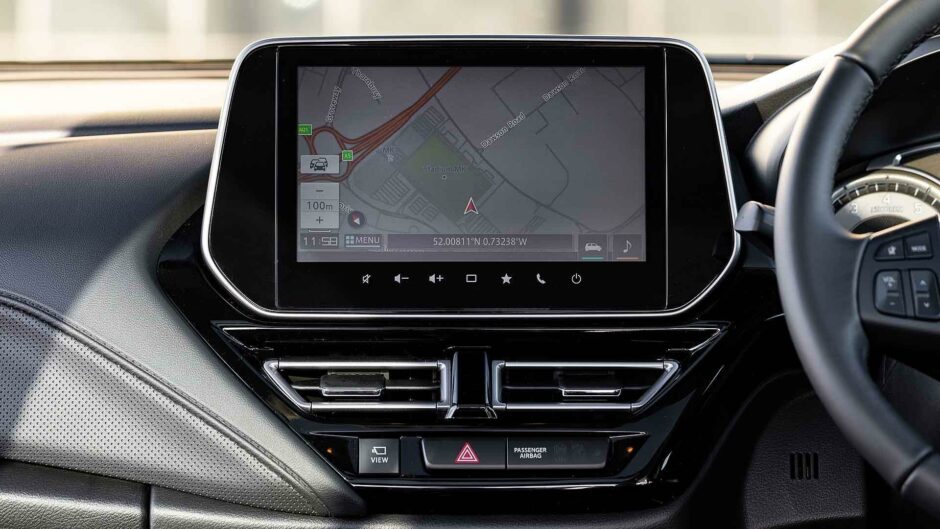
It’s also a good thing that niche manufacturers like Suzuki are still around and I can’t help but root for them.
The S-Cross is cheaper than its rivals yet still has plenty of space and lots of equipment. Go for a top spec four-wheel drive model and for the price of an entry level rival car you’ll have an SUV that’s extremely well kitted out and able to deal with the worst Scottish winters.
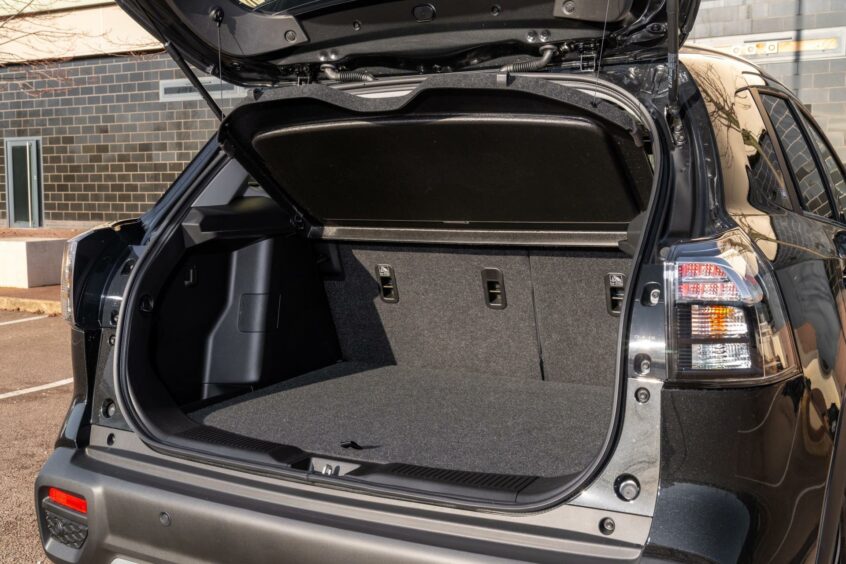
The Facts
Model: Suzuki S-Cross Ultra
Price: £30,149
0-62mph: 10.2 seconds
Top speed: 121mph
Economy: 46.3mpg
CO2 emissions: 139g/km
